As with other common culinary herbs, dill is not overly difficult to grow at home if you do a little research first. Much like chives and parsley, dill can be used to season and garnish a wide variety of dishes and despite its delicate appearance it is surprisingly hardy
A biennial herb usually grown as an annual, dill is a sun-loving herb that will self-seed if left to grow wild. Dill can easily start to overtake other plants if left to its own devices. Though it is not nearly as invasive as mint, it is a good idea to regularly check your dill patch and weed out any plants if you notice it spreading.
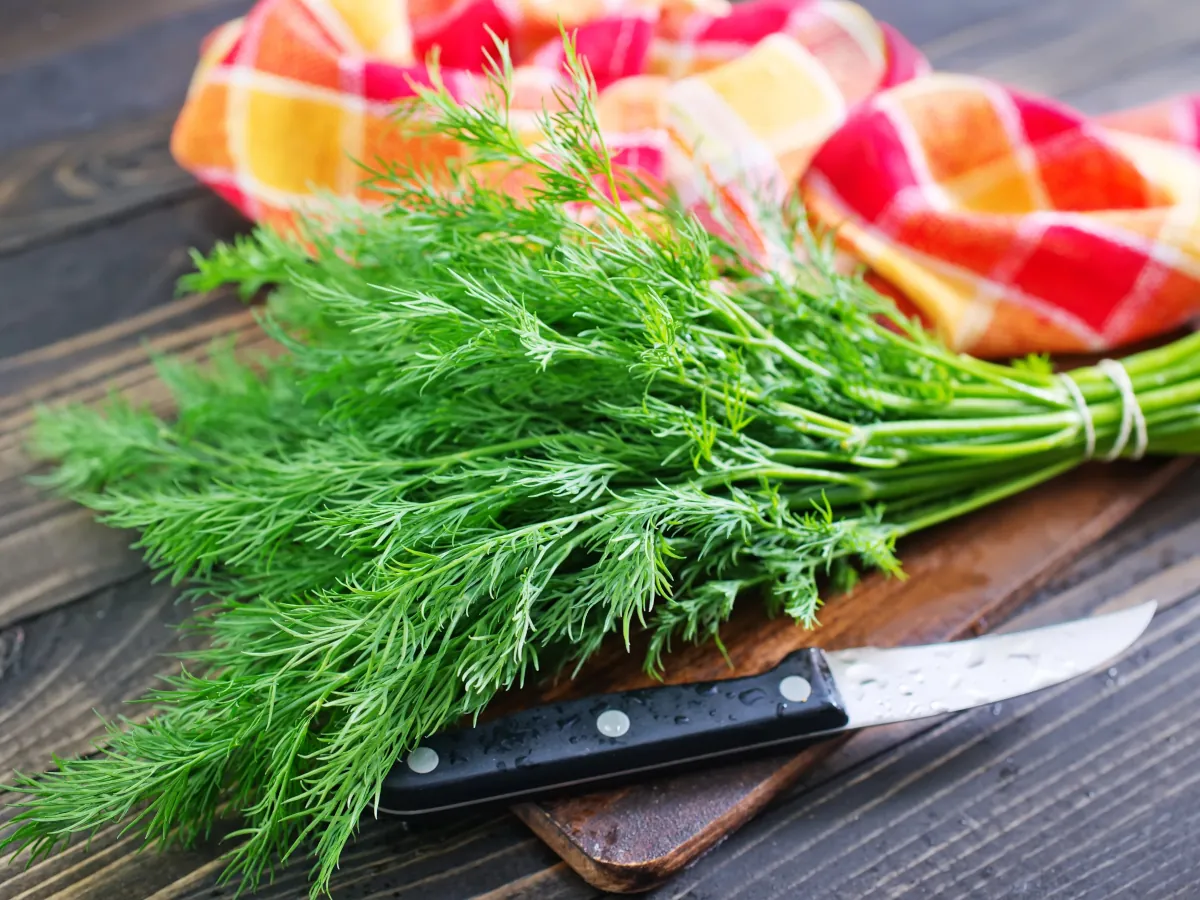
This post contains affiliate links for which we may be compensated if a purchase is made through the links provided at no extra cost to you. For more information, please read our affiliate disclosure.
Varieties Of Dill
Part of the Apiaceae (celery & carrot) family of plants, dill is most commonly used as a culinary herb. Both its leaves and seeds can be used fresh or dried. Even it's little yellow flowers can be used to garnish salads and pickled vegetables.
Several different varieties of dill have been cultivated, both in dwarf and mammoth sizes. As the name suggests the individual varieties are either small and compact, great for container growing, or larger and very fern like.
Click the seed variety below to purchase it through True Leaf Market.
- Bouquet Dill - the most common garden variety used in kitchens, bouquet Dill is easy to grow with large seed heads. The fresh seeds are great for making pickles. Grows 2 -3 feet in height.
- Fernleaf Dill - A dwarf variety ideal for growing in containers or indoors with a height of 12 - 18 inches.
- Long Island Mammoth Dill- Growing up to 6 feet tall in ideal conditions, mammoth dill is prized for its vigorous growth. Large seed heads are great for pickling, and the fresh leaves are great both fresh and dried.
Other popular varieties such as Duket and Superduket have been bred to be bolt resistant, have a higher essential oil content, and grow bunching leaves, making for easier harvests.

How To Plant & Grow Dill
Most often grown as an annual herb, it is best to grow dill from seed to minimize damage to it's long taproot. Though dill can be grown in pots and then transplanted, I would suggest direct sowing dill seed directly in the garden in early Spring.
Since dill does not handle frost well, make sure to check frost dates and not sow dill seed any more than 2 weeks before the projected frost.
To plant dill from seed, direct sow the seed in well-draining prepared garden soil, ¼" deep and about 1 inch apart. Choose a location that is sheltered from strong winds, yet receives a full 6-8 hours of sunlight a day, minimum. Any less will result in less productive dill.
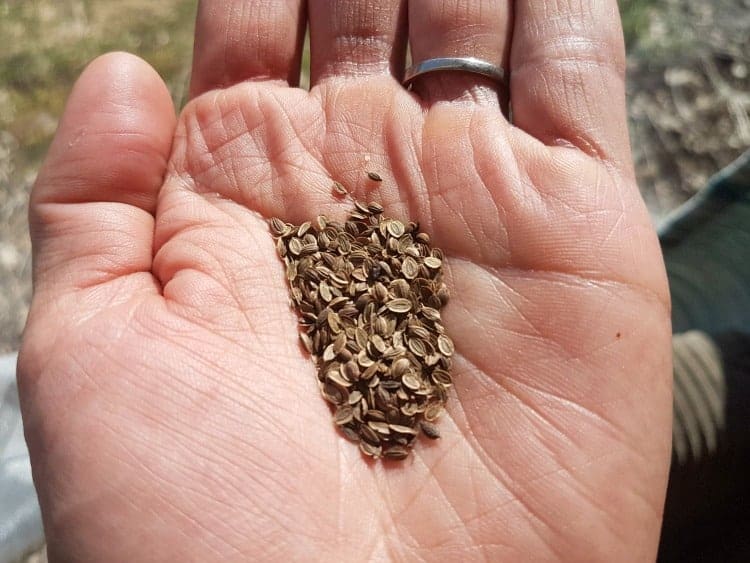
If planting dill for use in pickling cucumbers, sow dill seeds every few weeks to have a continuous harvest.
Dill has a tendency to bolt (flower & go to seed) in hot weather, as such it is suggested to avoid starting dill in the middle of summer
Caring For & Harvesting Dill
Once dill seeds sprout, water the dill regularly, at least once a week to keep the soil moist. Fertilize the dill at the beginning of the growing season and then again when plants are about 8 inches tall with a balanced 10-10-10 fertilizer.
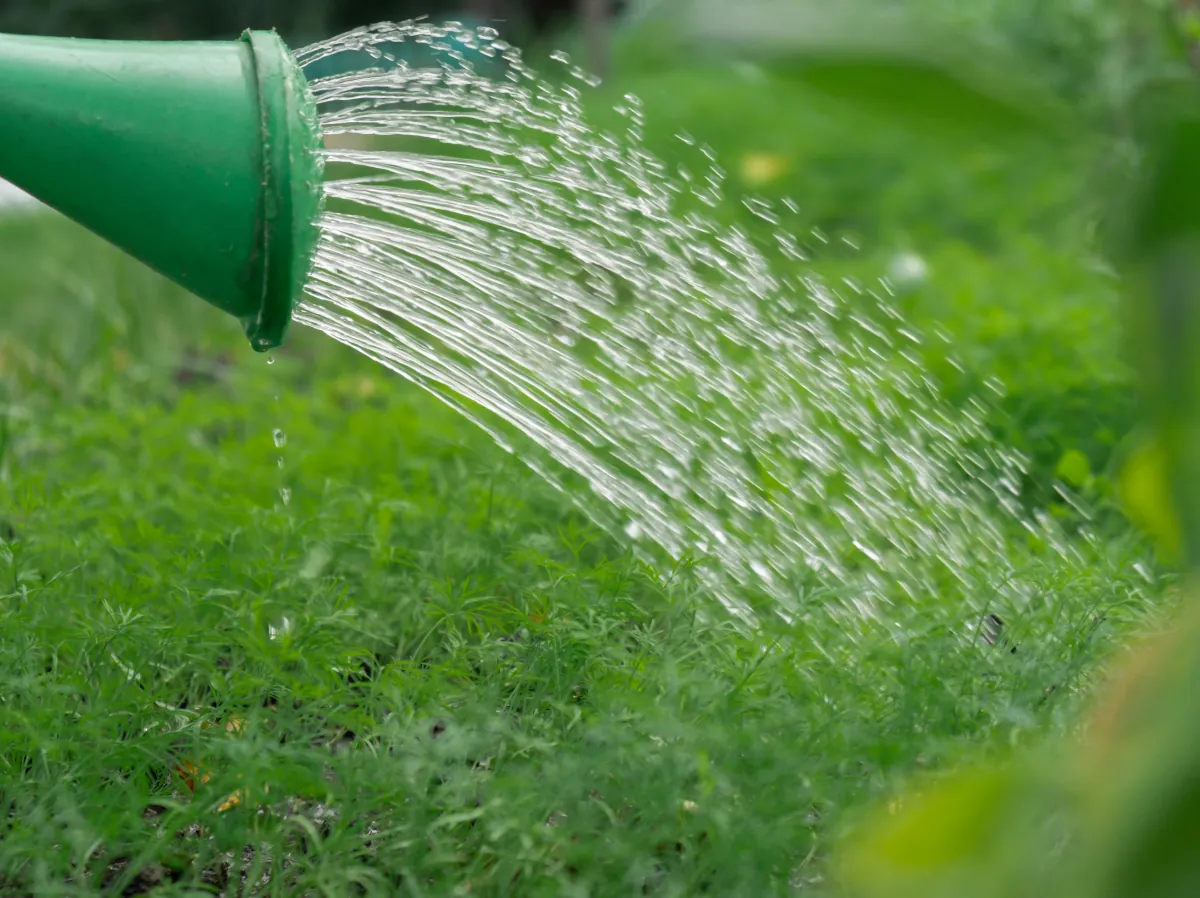
One of the easiest herbs to grow, dill is considered to be a hard plant to grow. As with any plant though, it is good to be able to spot and deal with any problems that may arise when growing dill. Yellowing plants, bolting, or weedy looking dill may all be signs of an underlying issue
Harvesting Dill
You can start harvesting leaves anytime after the plants start to grow vigorously, and become bushy.
The dill plant will eventually put up a large flower stem with many little yellow flowers. The seeds can be harvested when they start to darken and begin to fall.
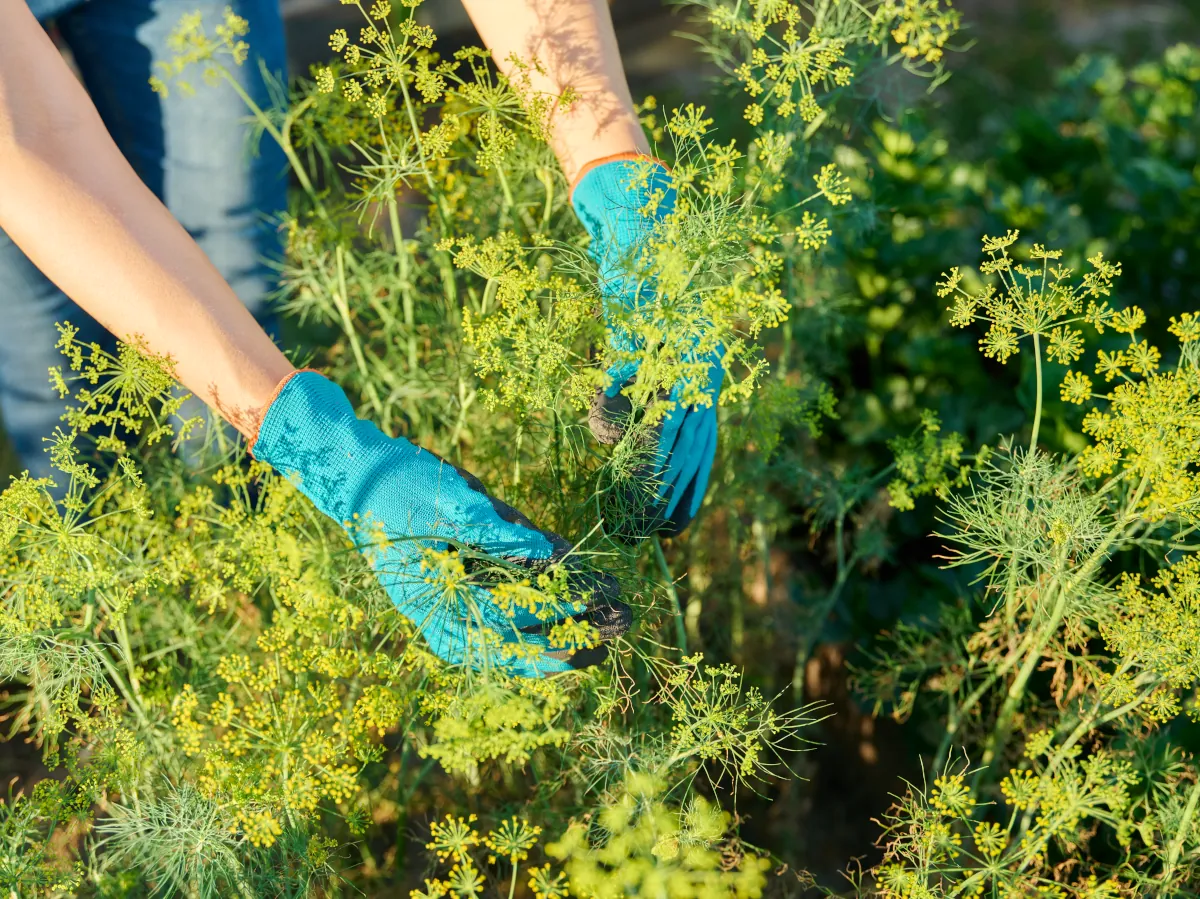
To harvest the seeds, cut the plant at the base, and hang it upside down with a paper bag over the flower head. The bag will catch the seeds as they fall. Dill seeds can be used fresh or dried in cooking, or stored and planted the following year.
Preserving Dill
Of course dill (both seeds and leaves ) are best when used fresh from the garden, but there are several ways you can extend the shelf life of dill.
Drying Dill
Both the leaves and seeds can be dried to extend their shelf life and increase its availability throughout the year. Before drying fresh dill leaves, always wash the dill under clean water running water and then dry thoroughly with a clean cloth. This removes any dirt or insects that may be hiding in the small leaves and sprigs.
To dry fresh dill leaves, simply hang cut dill branches upside down in a dark cool location until the leaves are dry and brittle. Store in an airtight container. You can also use an electric dehydrator to dry dill more quickly.
To dry dill seed, collect the seeds in a paper bag as mentioned in the 'harvesting; section of this post, and then let the seeds air dry until they are dark brown.
Freezing Dill
Its best to freeze dill as soon as possible after harvesting. Gently rinse the dill under fresh water, and then pat it dry with a clean cloth. Shake out the dill to remove any remaining water droplets. Lay the washed dill sprigs on a cookie sheet, and pop thwm in the freezer. Once frozen, store the dill in a ziploc bag or other air tight freezer safe container.
Storing Fresh Dill
When freshly harvest, dill will last for 3 to 4 days if wrapped and keot in the refrigerator. I love using bees wax wraps to help keep my herbs fresh, and find they work so much better then plastic wrap!
You can also keep freshly cut dill leaves in a glass of water on a windowsill. Kept this way the dill will last one to two weeks as long as you change the water regularly.
Using Dill In The Kitchen
Commonly used to season fish, egg, and vegetable dishes (much like chives and parsley are), dill is most often associated with dill pickles.
Dill seed is certainly great for pickling any kind of vegetable, but it can also be used in other ways. Ground up and used in spice rubs, or tossed into salads, dill seeds can add a burst of fresh flavour to any recipe.
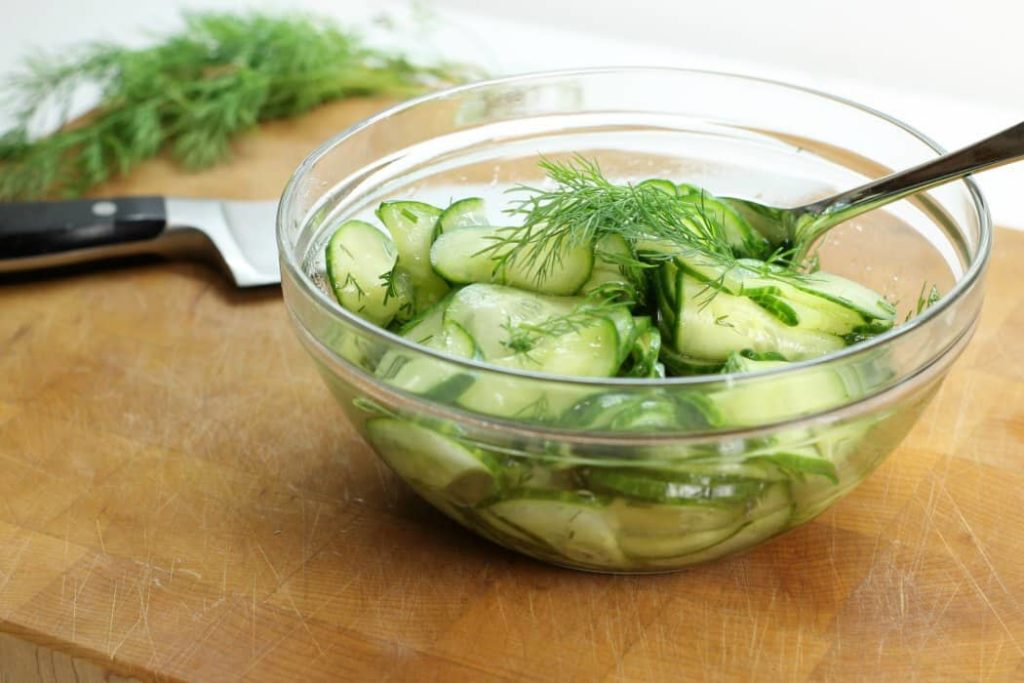
Use the fresh or dried leaves to garnish soups, salads, or egg dishes. My German cucumber salad, just wouldn't be the same without fresh chopped dill, and I also use dill in the cream cheese spread for these smoked salmon eggs benedict.
How do you like to use dill in your kitchen?
Want To Grow More Herbs?
- Learn How To Grow Thyme
- Learn How To Grow Rosemary
- Learn How To Grow Parsley
- Learn How To Grow Chives
- Learn How To Grow Sage
Did you find this guide useful?? Comment & Rate it below, then tag me on Facebook. For more DIY gardening tips & from scratch recipes follow me on Facebook & Pinterest

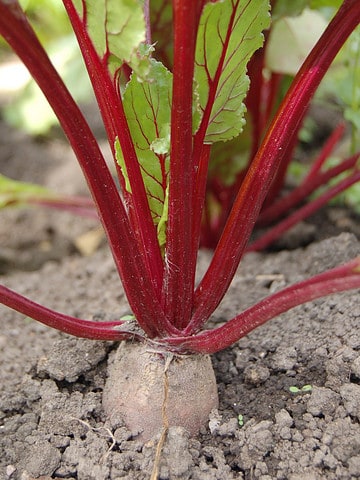
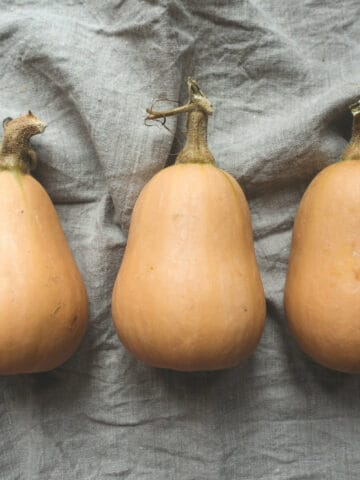
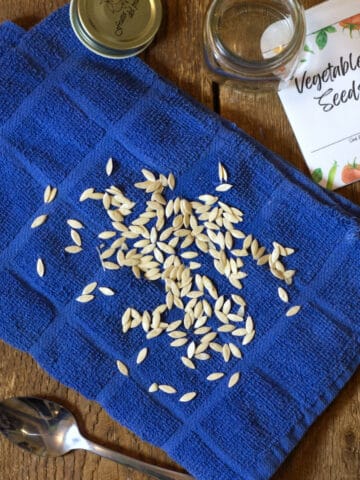
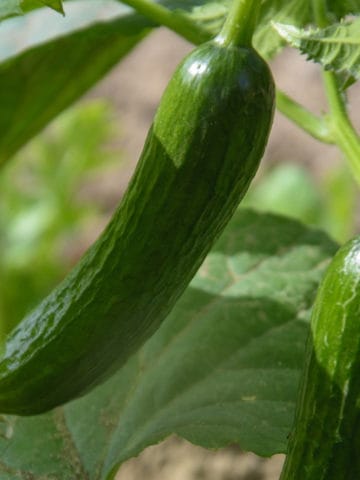
Comments
No Comments